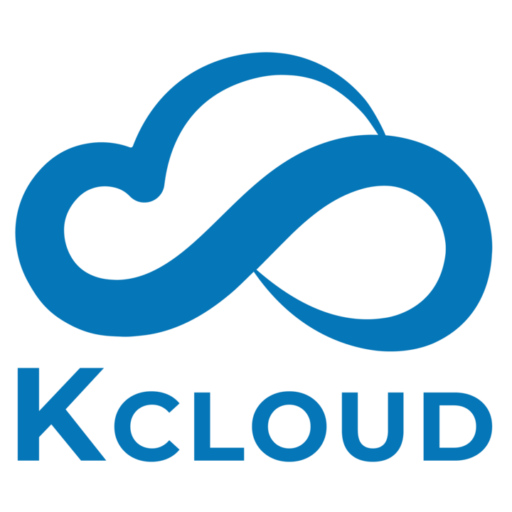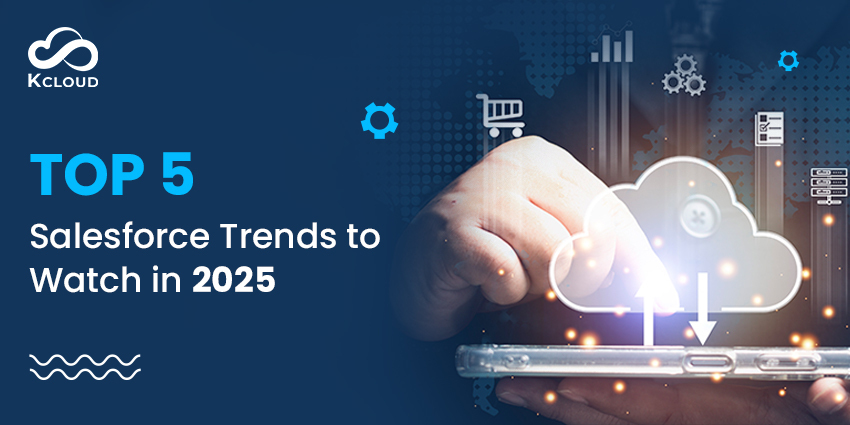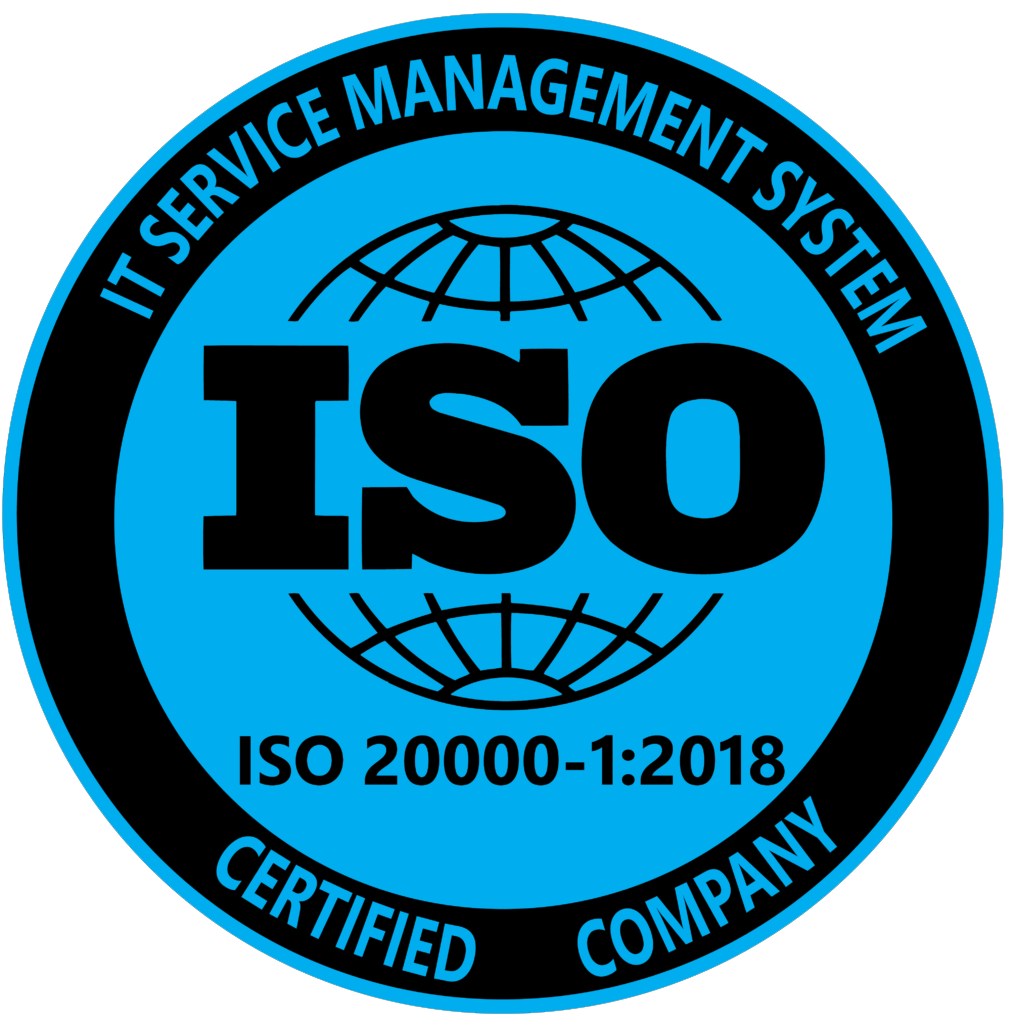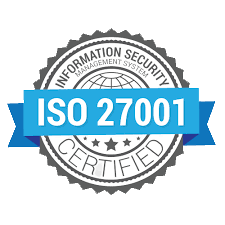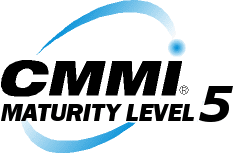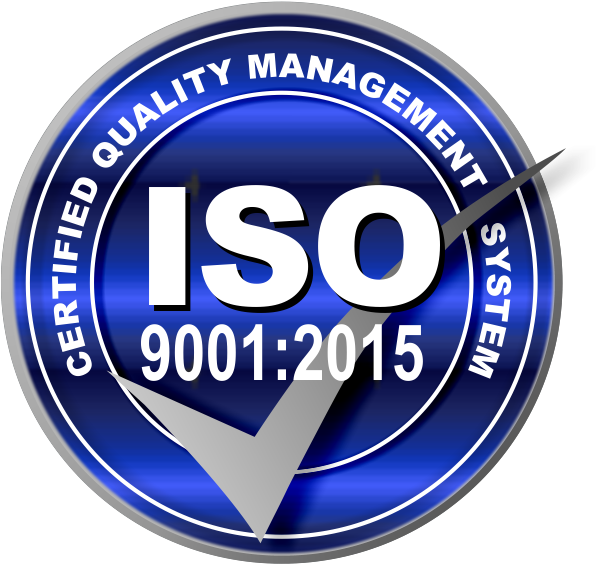Stay ahead of the curve with these emerging Salesforce trends shaping the future of CRM
Salesforce keeps updating so fast, it is changing the way companies measure customer relationships, automate functions and deliver customized experiences. As we head into 2025, the Salesforce Ecosystem continues to undergo significant landscape changes that are rewriting the playbook for how Digital Transformation is defined across industries.
Understanding these trends is no longer just beneficial – it’s a must! In this blog post, we will break down the top five Salesforce trends for 2025 that will have a positive influence so that you can start to align your strategy, tools, and team for the best chances of achieving this long-term goal.
1. Personalization Using AI Will Be the Norm
The inclusion of AI within Salesforce is nothing new. 2025 indicates the shift from a company like Salesforce offering optional add-ins to removing all the walls and turning AI with Salesforce into real development technology. Going past collecting and creating with the continued enhancement of Salesforce Einstein, and the introduction of even more generative AI through tools like Einstein GPT and Copilot, companies are already automating customer cognitive insights and personalized content at scale along with automating tasks. Additionally, solutions like the Salesforce SMS App are being integrated to deliver instant, AI-powered, and highly personalized mobile messaging enabling real-time engagement, faster responses, and smarter customer interactions directly within the Salesforce ecosystem.
What does this mean for you?
- Predictive insights triggering sales and marketing actions
- Service departments will be using AI for generating improved resolutions times for customer service requests
- Usage of personalized recommendations to elevate user engagement/retention for products.
Using AI with Salesforce is no longer simply either automated efficiency or being able to create insightful predictive actions. Companies will now also be able to facilitate intelligent actions, quickly, at human action levels.
2. Data Cloud Adoption Will Skyrocket
Salesforce Data Cloud (formerly Genie) is a breakthrough opportunity for organizations because it’s a real-time customer data platform (CDP) within the CRM. In 2025, it will be commonplace for organizations to leverage Data Cloud to piece together fragmented customer data from multiple sources – marketing, sales, commerce, etc.
Why it matters:
- Organizations will be able to act on data in real time, not retrospectively
- It simplifies segmentation and targeting campaigns
- Teams will be aligned around a single source of truth for how a customer behaves across multiple interactions
As customer expectations continue to grow, having instant access to changeable insights isn’t a value add, it’s a business imperative.
3. Low-Code Tools Will Reshape App Development
The demand for scalable, faster digital solutions has led to the widespread usage of low-code and no-code platforms. Salesforce offers tools to automate workflows, build applications, and use connectors that are not focused solely on developers. Business users can build custom applications that meet their specific needs.
What you need to know:
- Low-code platforms enable admins and analysts to innovate quickly
- Custom apps/blogs can be built and deployed completely in days – not months
- It works around the lengthy traditional development cycle
By 2025, there will be more organizations invested in citizen development and encouraging internal teams to build their own custom CRM solutions.
4. Integration Will Be the Backbone of Scalability
Being an average enterprise means you probably use dozens of apps today, and those apps have become the lifeblood of your organization. Organizations are increasingly connecting them to Salesforce, and integrating apps is quickly becoming a business priority. The good news is that integration is not the impediment it used to be; it is now a strategic enabler, thanks to innovations in Salesforce MuleSoft and API-first architectures.
There are several helpful trends to keep an eye on:
- Pre-built connectors to commonly used tools are taking the headache out of integration.
- Unified APIs are diminishing duplication in development time.
- It is now easier than ever to implement end-to-end process automation.
These new connected tech stacks create opportunities to help your business scale faster, eliminate manual error, and create consistency across customer touchpoints.
5. Sustainability and Trust Will Drive Platform Decisions
Sustainability is no longer just a term thrown around in the corporate world; it is actually shaping the decisions businesses make in their digital platforms. Salesforce has taken a public stance on ethical AI, data privacy, and climate-focused business practices, and these issues are guiding product features and determining buyer behavior in 2025.
Here are three organizational shifts:
- More organizations are beginning to measure carbon footprints within their Salesforce dashboards
- Ethics of AI practices are built into their data governance
- Organizations are exploring customer trust, transparency, and compliance as part of their CRM selection process
Customers are now making considerations of how data is used and how platforms affect the planet. With a unique positioning around trust and sustainability, Salesforce has provided organizations with a framework for connecting their CRM to more sustainable ESG initiatives.
What This Means for Salesforce Users in 2025
Specify three key takeaways from these trends: Salesforce is moving toward a smarter, more connected, and easier-to-use ecosystem. That means for organizations:
1. Lower time to market for apps and automations
2. Increased ROI from tailored experiences
3. Stronger data integrity and insights
4. Better representation for internal collaboration
5. Alignment with all global expectations with privacy and sustainability
If you are creating your Salesforce roadmap, assessing the new tools, or training your teams: staying relevant with these trends puts you ahead of the curve!
Conclusion
Simply put, 2025 is not going to be about doing more with Salesforce, it’s doing better. These trends highlight the number of companies shifting to a framework where agility, data-based decisions, and customer-centered innovation are the main focus!
Now is the time to review your current Salesforce set-up, think about trying out Data Cloud and AI tools, and establish a further culture of learning in your teams. In the salesforce world a little change now can lead to big change in the future.
Curious to see how these trends can be explored in your Salesforce landscape?
Start small, be curious, and watch how this will change the way you work!
